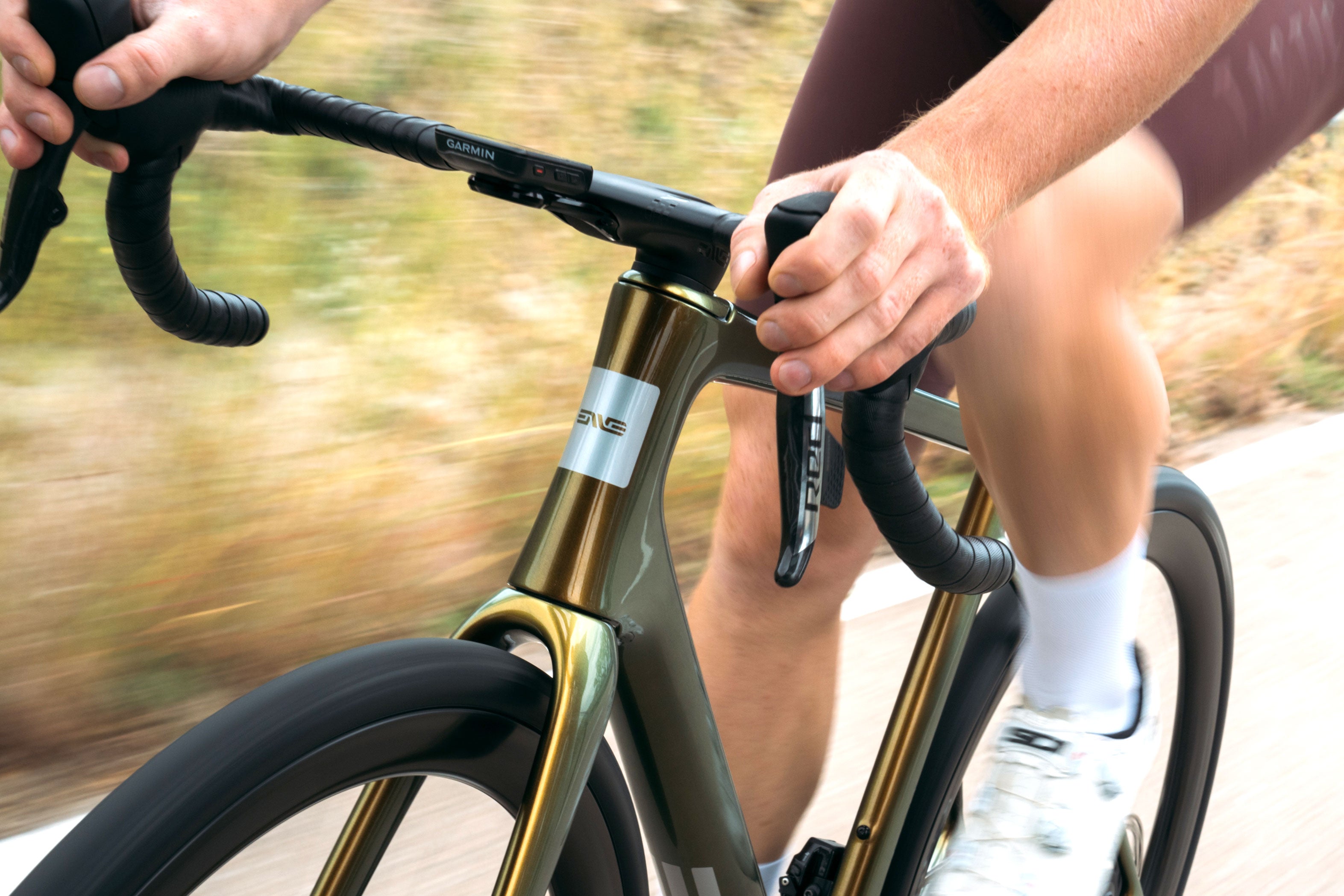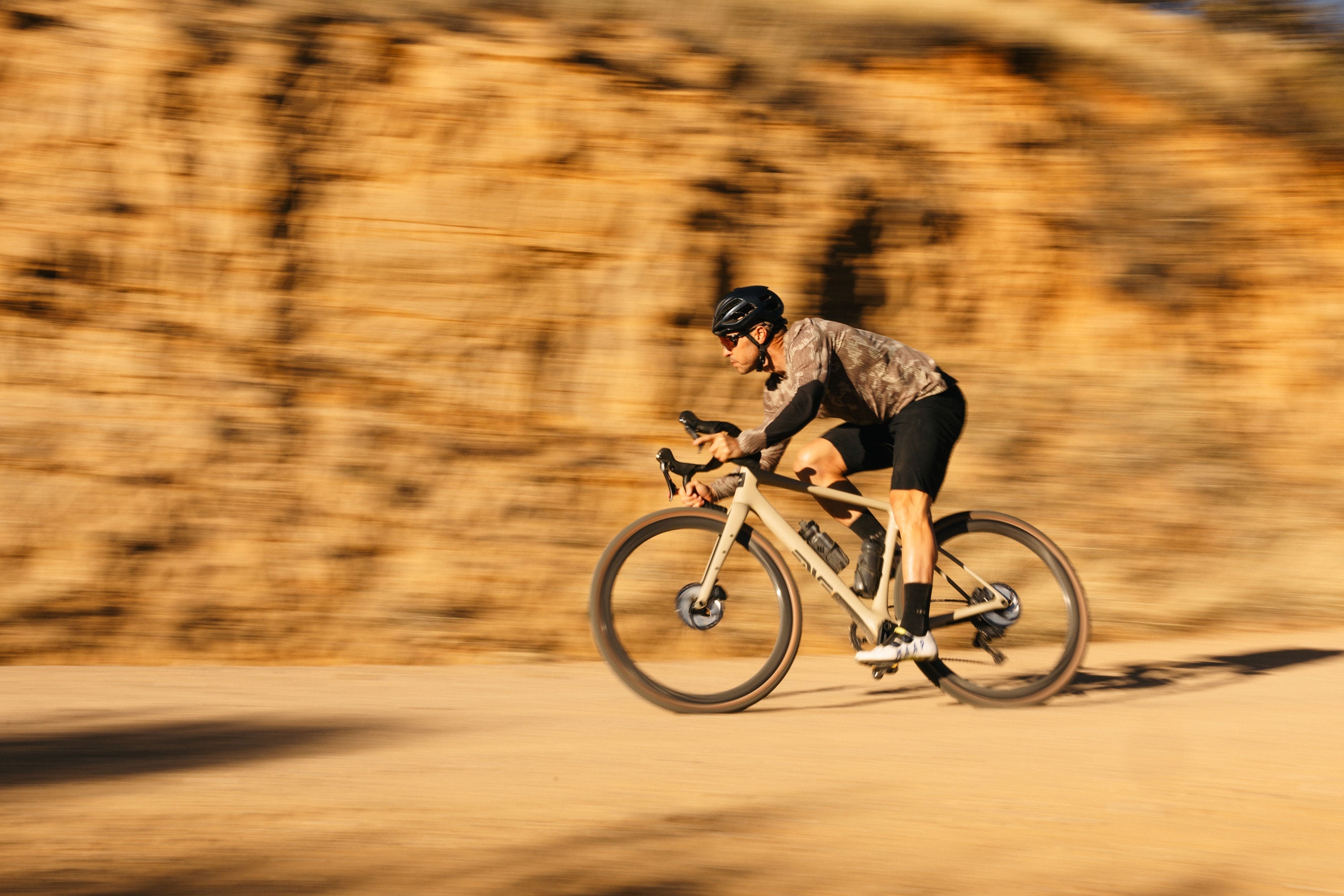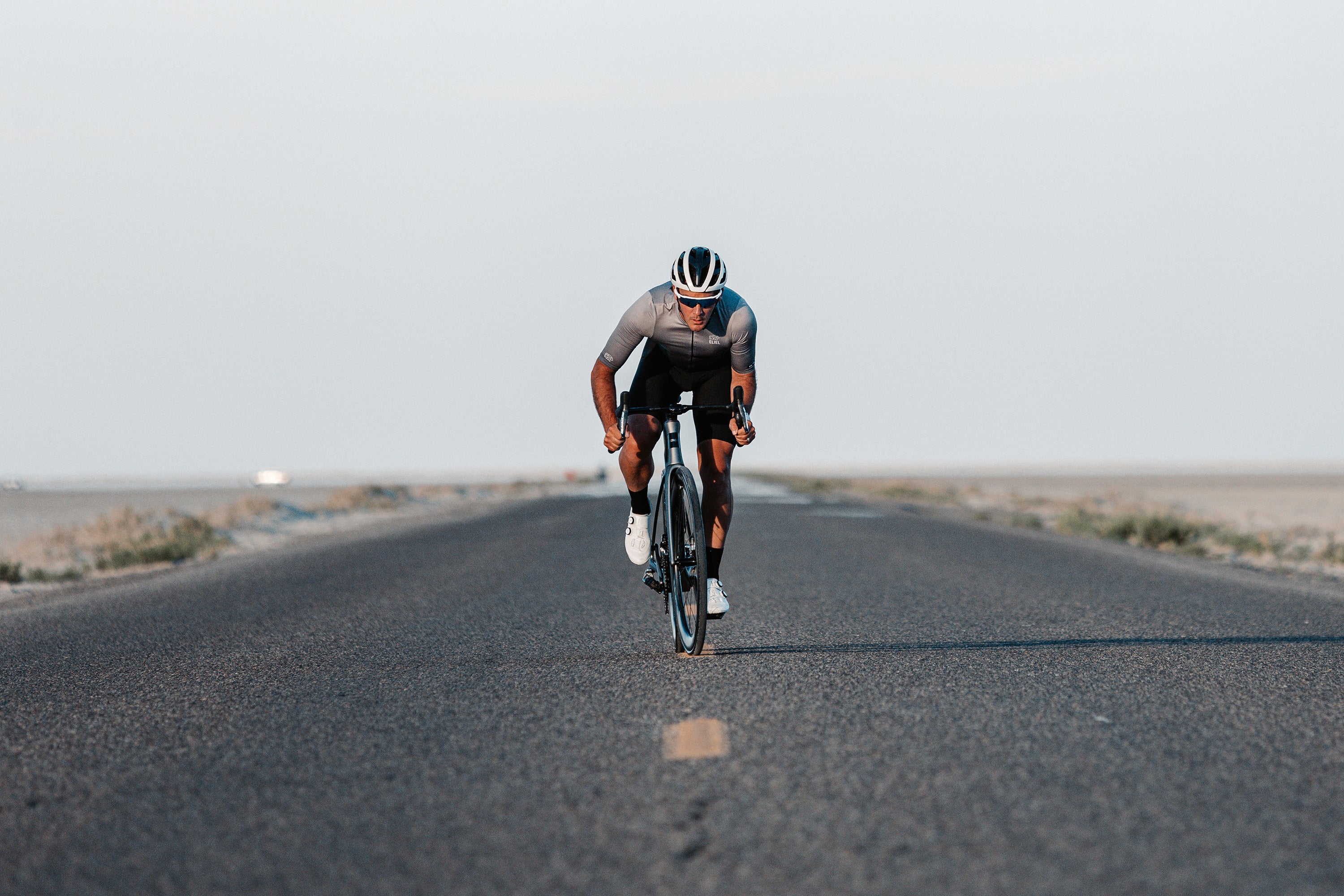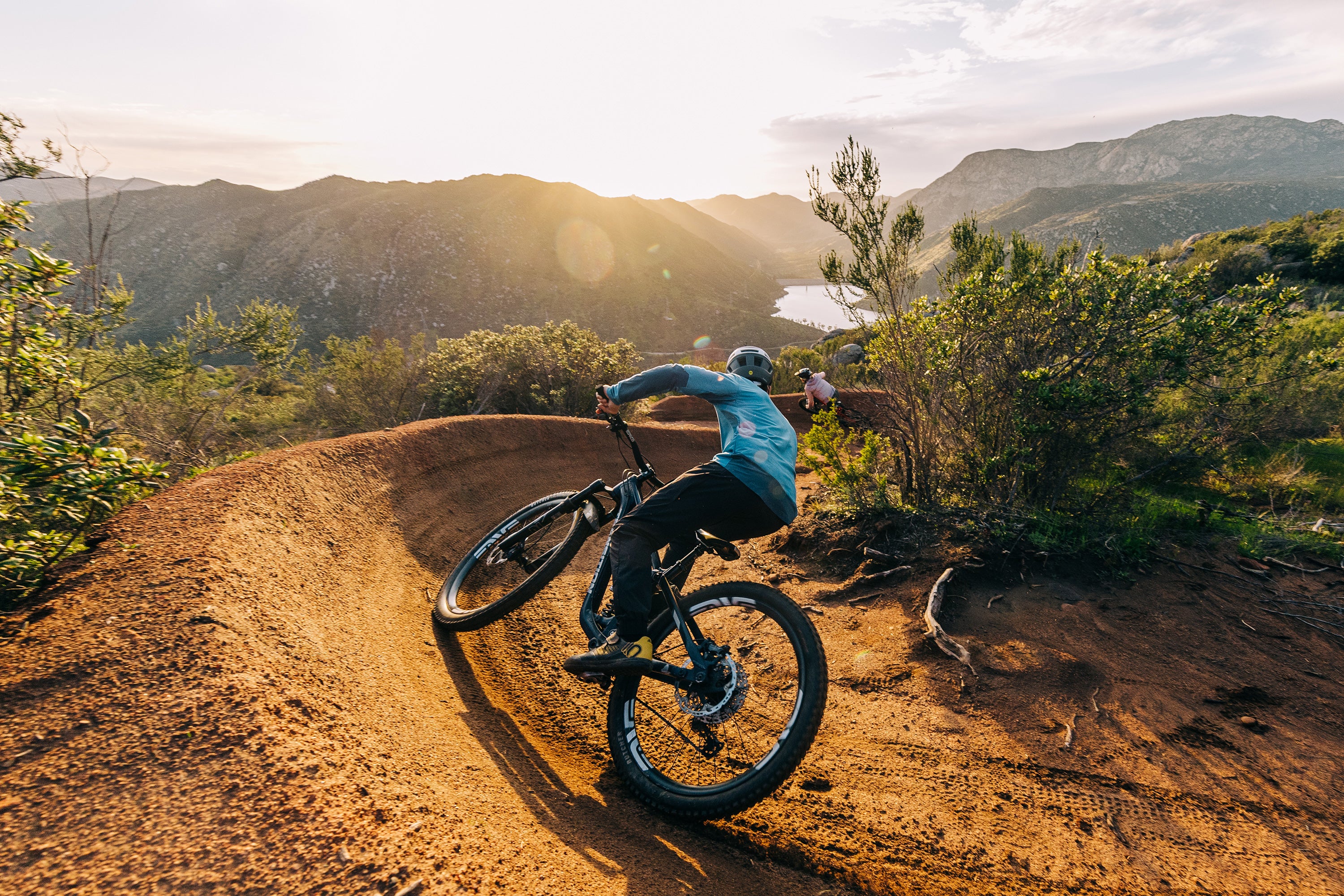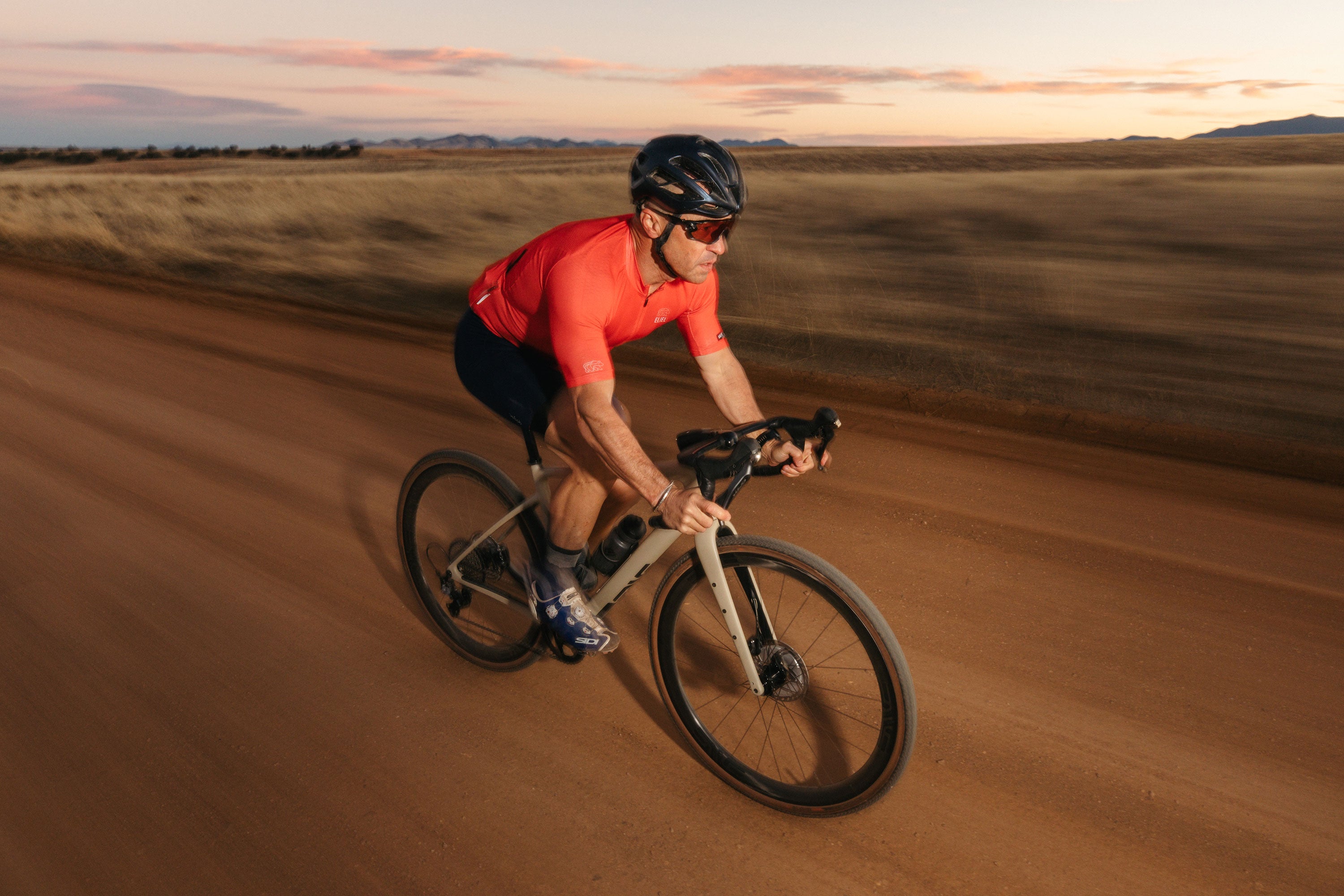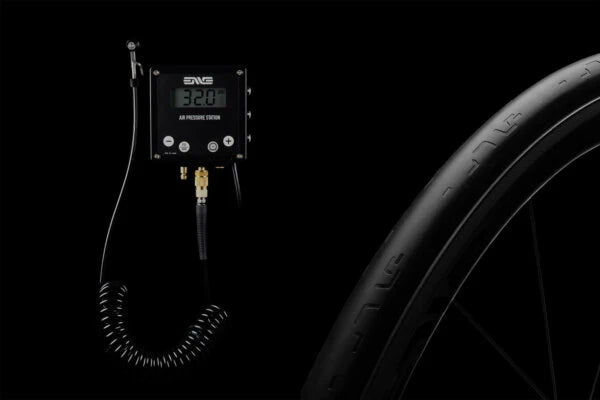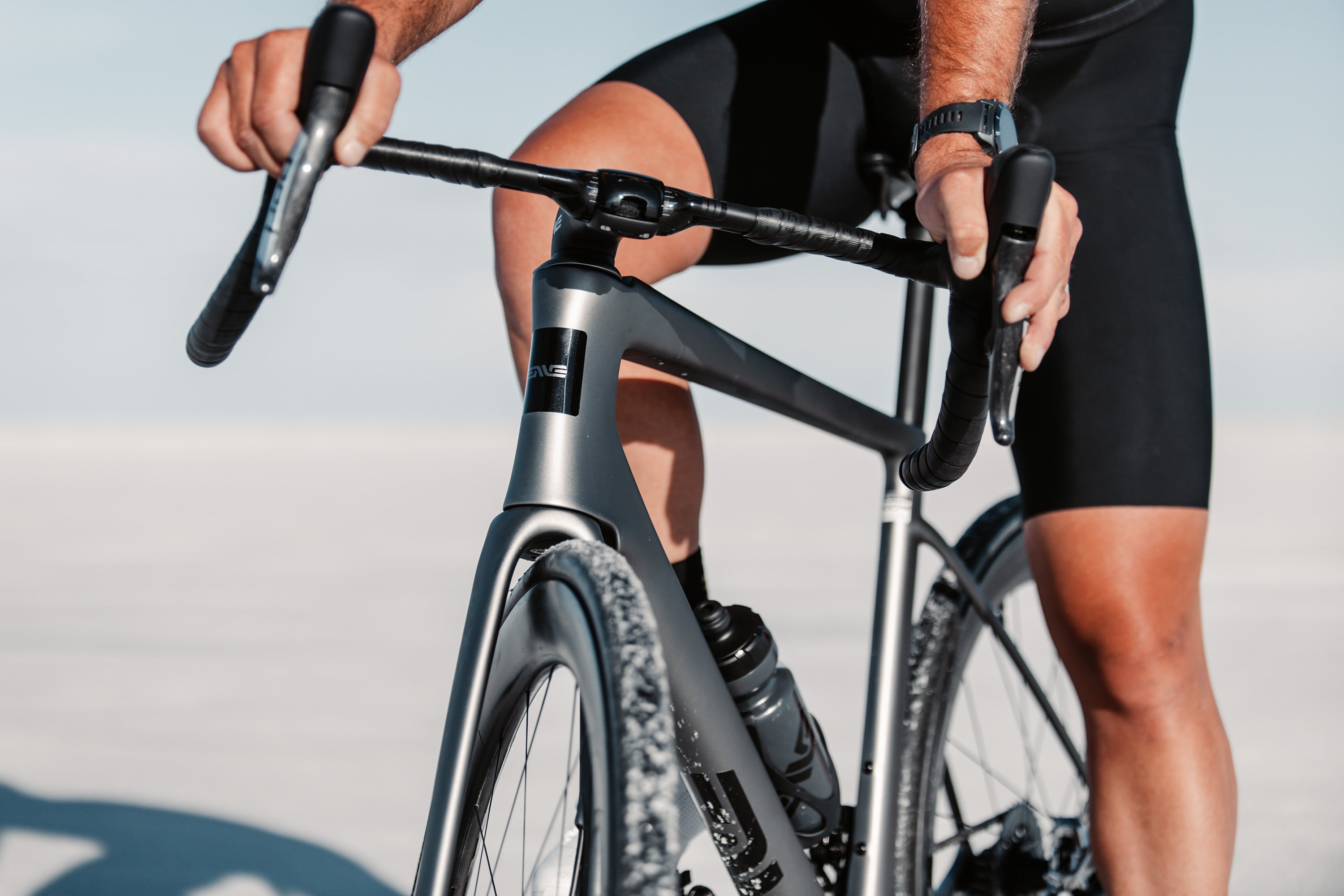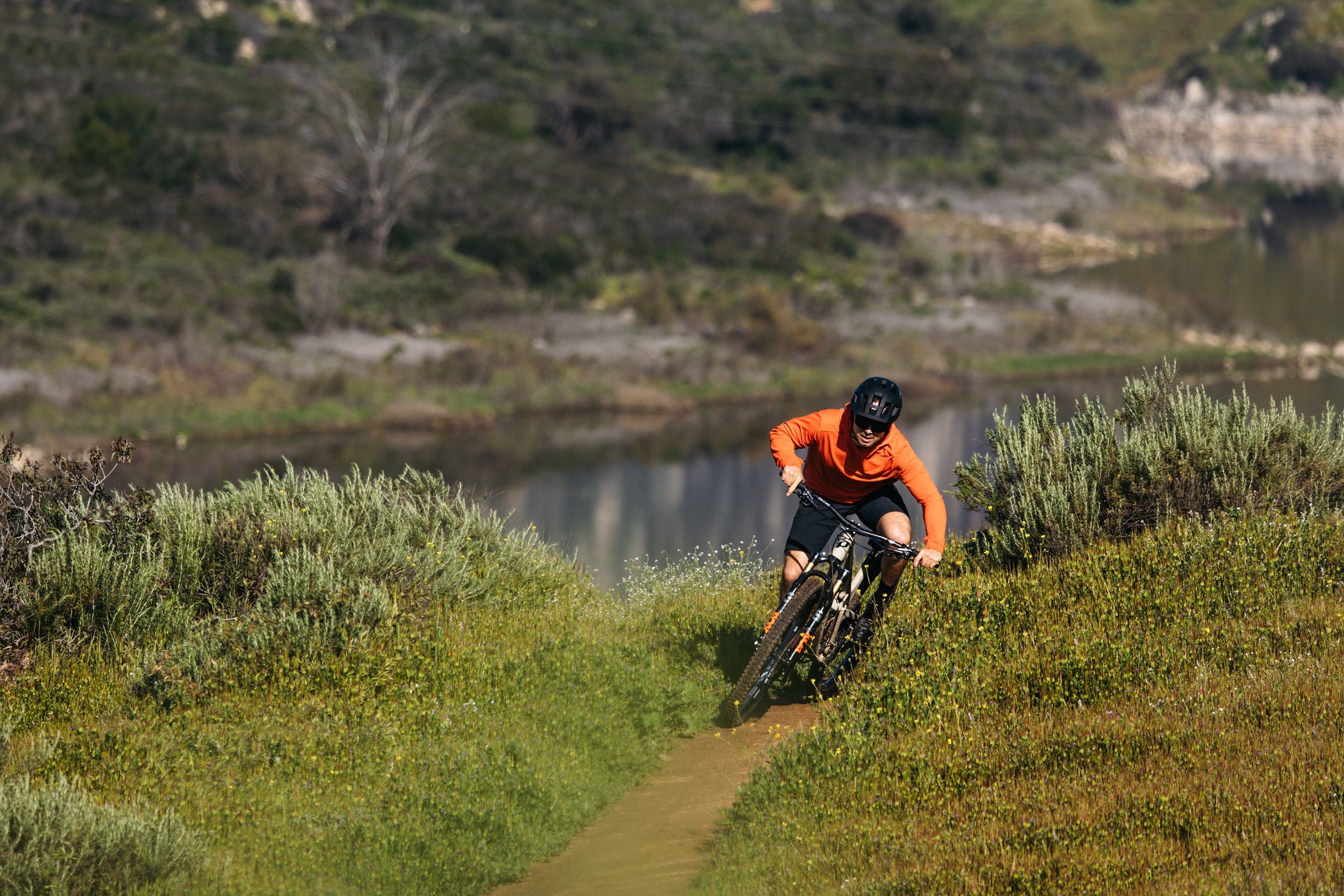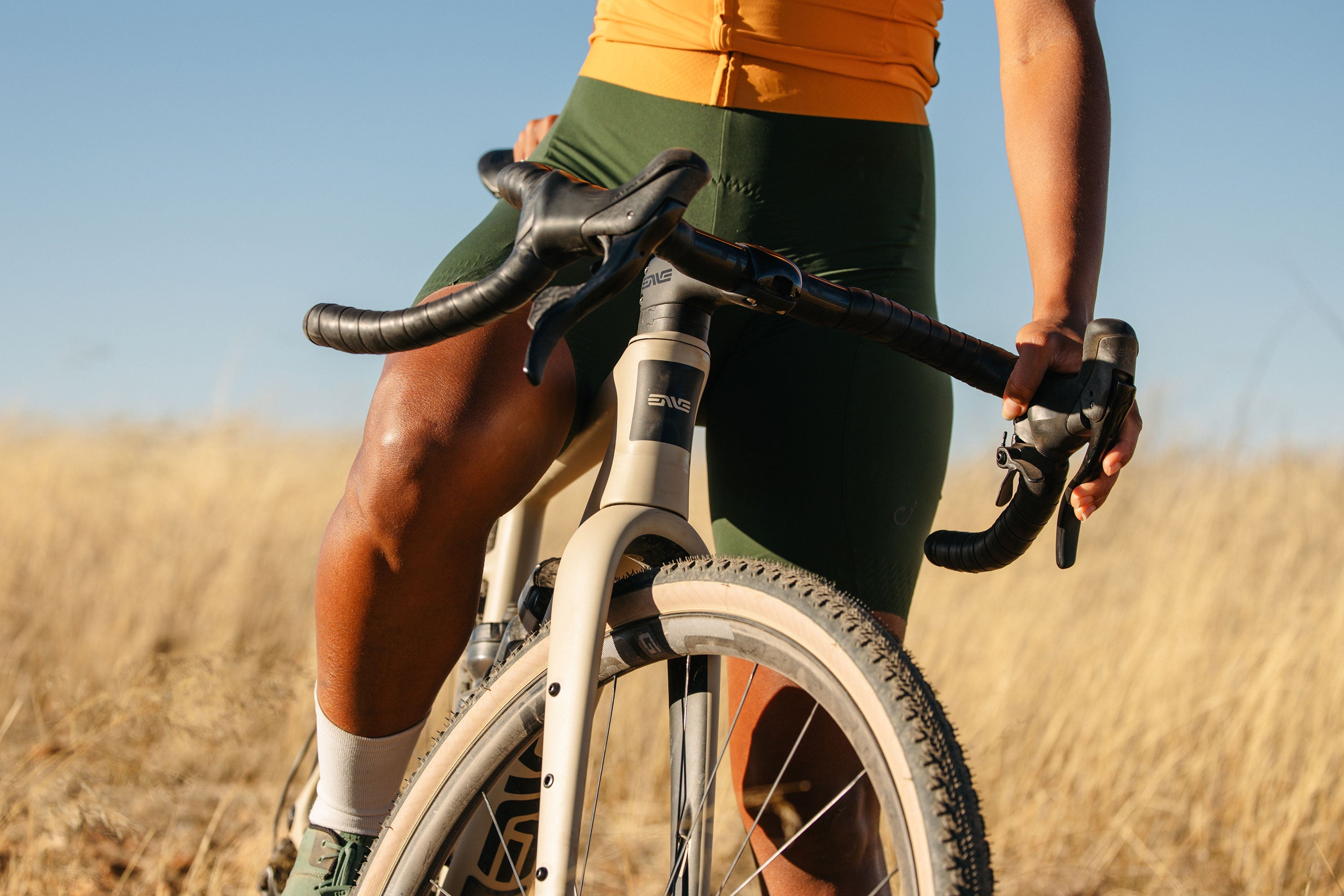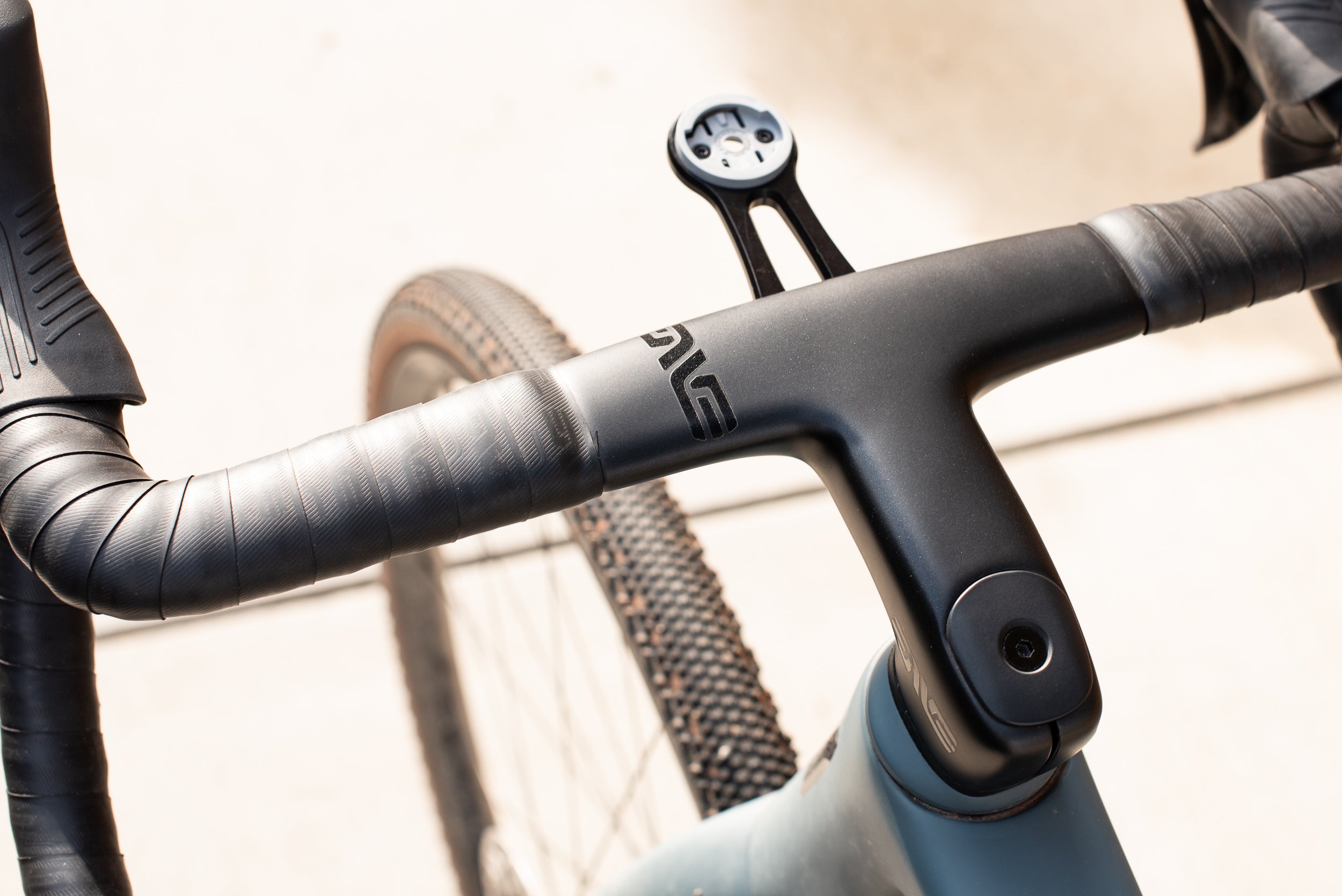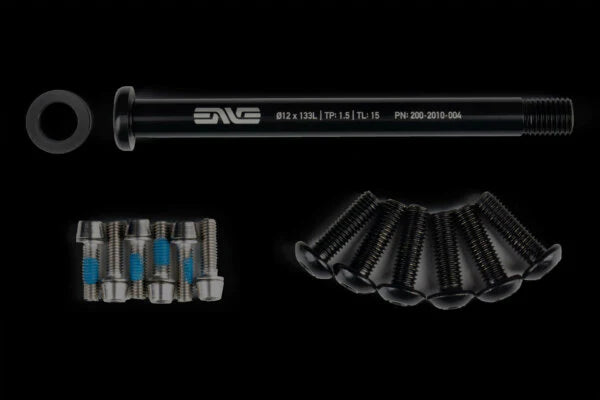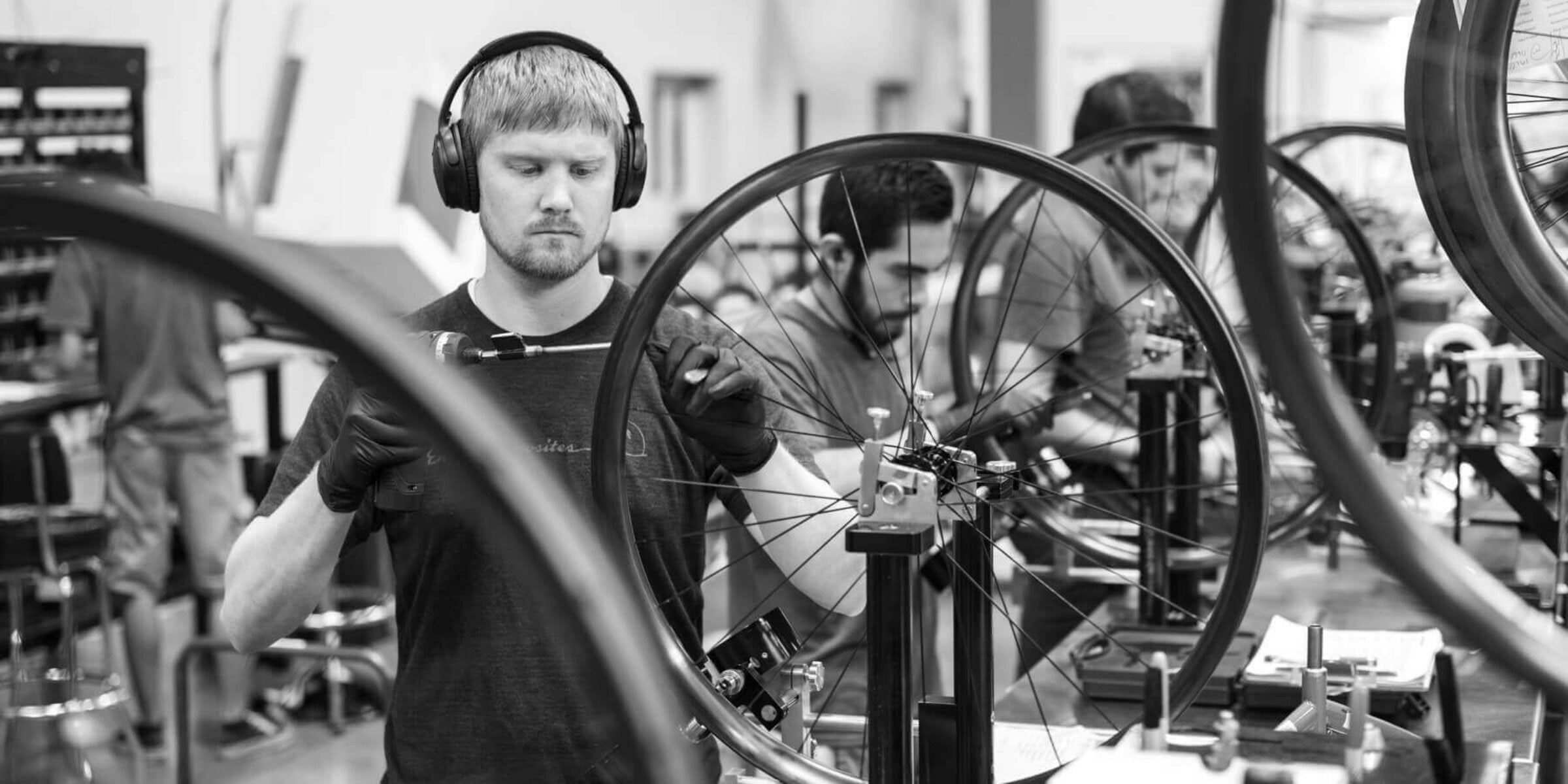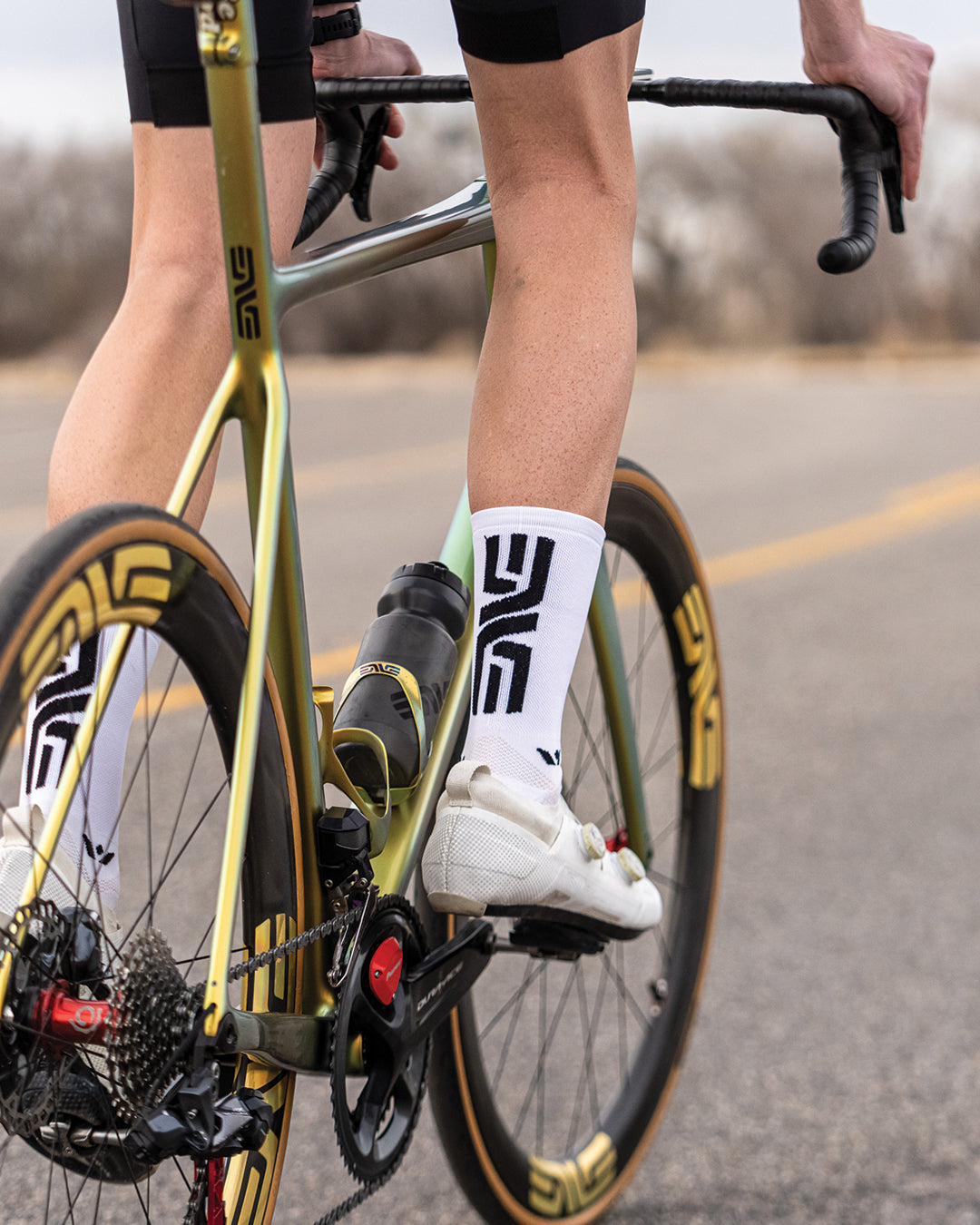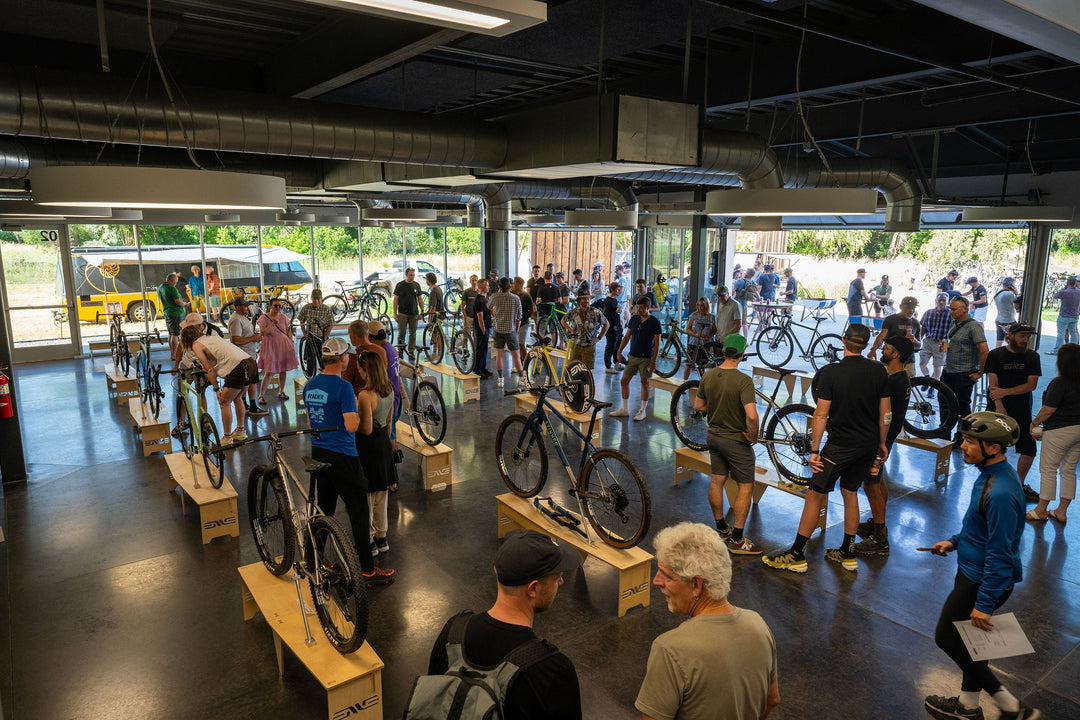Flanders X Roubaix - The biggest week in cycling
By Zach Nehr
Two of the biggest cycling races – the Tour of Flanders and Paris-Roubaix – will be done and dusted in the next two weeks. These are the races where legends are born, and it is without exaggeration to say that these two races are the most beautiful and brutal in professional cycling.
Dreams have been crushed on the Carrefour de l’Arbre. Desperate breakaways, head-bobbing sprints, and hail-mary attacks have been thrown at the Ronde Van Vlaanderen. And riders have made their dreams come true by crossing the finish line first.
It is difficult to express the significance of Holy Week and the aura surrounding the Tour of Flanders and Paris-Roubaix. Cycling lore includes a few crucial pieces: the yellow jersey of the Tour de France, the rainbow jersey worn by the World Champion, the brutal Flandrien hellion, and the infamous Roubaix Velodrome.
Two of the most iconic races in the world have so much in common, but they are also unique. Their cobblestones tie them together, but the race favorites have sometimes been polar opposites. Wind and rain can turn each race on its head, and a few key sectors often define each Monument.
We are in for a treat this year as the World Champion, Tadej Pogačar, lines up for his first Paris-Roubaix. But first up is the Tour of Flanders.

The Routes and Rider Types
At 269km and 259.2km, respectively, the Tour of Flanders and Paris-Roubaix are two of the longest races in professional cycling. Most editions stretch past the six-hour mark – though, riders like Tadej and Mathieu Van der Poel have been winning these races at record-setting speeds.
The 2025 edition of the Tour of Flanders from Bruges to Oudenaarde includes 2,011 meters of climbing, making it much hillier than Paris-Roubaix. This is the modern Flanders route which includes 125 km of flat before the first climb of the day, the Oude Kwaremont. Over the next 130 km, the peloton will tackle 15 climbs – called helligen– many of them made up of Flandrien cobblestones. The most famous climbs are the Oude Kwaremont and the Paterberg, but don’t forget about the Koppenberg which created the race-defining split in 2024.
Most of the helligen are short and steep, lasting 1-3 minutes. The Oude Kwaremont is the longest climb in the Tour of Flanders at two kilometers in length with an average gradient of 4.4%. Tadej has the fastest time ever recorded up the Oude Kwaremont at just under four minutes. Flandrien flags wave over the edge of the road, and thousands of fans lean against the barriers Belgian beers in hand – cheering on the riders as they rattle over the cobblestones.
After a quick descent through the Flanders countryside, there lies the final climb of the Tour of Flanders. The Paterberg is a 500-meter wall with an average gradient of 13% and a maximum gradient of 21%. In dry conditions, the Paterberg is one of the steepest and most difficult climbs in Flanders. But in the wet, you would be lucky if you could survive the climb without putting a foot down.

Due to the condensed elevation gain, the Tour of Flanders can be favorable to lightweight riders. However, pure climbers – typical Grand Tour contenders weighing 55-65 kg – typically avoid the Tour of Flanders. Though the climbs suit their power-to-weight ratio, the short and punchy cobblestone helligen are nothing like a newly resurfaced Alpine pass.
Riding up a 15% gradient is difficult for any cyclist, but when you add in cobblestones, it completely changes the effort. Cobblestones are slow and bumpy, which means that you have to stay in the saddle when the gradient gets steep. The best Classics riders in the world can do their maximum 1-5 minute power while seated, whereas most pure climbers love to get out of the saddle and dance on the pedals.
Thus, the ultimate Tour of Flanders rider is a strong but lightweight rider, someone who is equally as strong in the saddle as they are out of it. They are not so light that they’ll get dropped in the crosswinds, but not so heavy that they will struggle on a 15% grade.
It comes as no surprise that Tadej – a strong and lightweight all-rounder – won the Tour of Flanders in 2023. However, he hasn’t dominated the Tour of Flanders in years past, especially when up against three-time Ronde van Vlaanderen winner Van der Poel.
Weighing at least 10 kg more than Tadej, Van der Poel is much better suited to Paris-Roubaix. The 2025 edition of Paris-Roubaix includes 1,372 meters of climbing, but most of that elevation gain comes in the first half of the route before the major cobblestone sectors. I’m not sure if there is a climb in Paris-Roubaix longer than 60 seconds, which makes this Monument a race for the strongest riders in the world.
The Roubaix cobblestones don’t care about your power-to-weight ratio. In fact, lightweight riders can be at a disadvantage because they are more prone to getting bounced around on the cobblestones. But that didn’t stop Tadej from adding the Hell of the North to his race schedule.
The list of Paris-Roubaix winners includes the likes of Fabian Cancellara, Tom Boonen, and Peter Sagan. You can scroll back through the results for years, and I’m not sure there is a single rider on that list who weighs less than 75 kg.

Not All Cobblestones Are The Same
Cobblestones are like snowflakes – each stone is unique, maintaining a special pitch, sharpness, depth, and density like no other. The Koppenberg cobblestones are nothing like the stones lining Carrefour de l'Arbre.
However, there are distinct differences between the cobblestones of Flanders versus those of Roubaix.
Flanders cobblestones are typically smaller and smoother. Most of the cobblestones in the Ronde van Vlaanderen are situated on climbs. If the Flandrien cobblestones were too large or jagged, it would be impossible to climb these 15% bergs; not just on a bike but also in a car.
The cobblestones of Flanders are much more forgiving than those in Roubaix, but they are just as dangerous when they are slippery. Cycling fans will never forget the images of their favorite riders coming to a standstill on one of the helligen. Last year, it was the Koppenberg that inflicted the most damage.
With the majority of the cobblestones in Flanders being featured on climbs, this is where a rider’s seated power comes into play. On a 15% helligen, you must stay seated to maintain traction. You must also stay seated over the cobblestones of Paris-Roubaix but for a much different reason.

Paris-Roubaix’s cobblestone sectors are flat and sometimes downhill. One of the most famous sectors, the Trouée d'Arenberg, begins on a slight downhill with speeds exceeding 60 kph. Due to the high-speed and high-impact nature of the cobblestones, you will never see someone riding out of the saddle on these sectors. Most riders keep their hands in the drops to simultaneously maintain a high level of control and speed. Some riders prefer to keep their hands on the hoods to avoid them slipping off, and many riders double-wrap their handlebars in bar tape in an attempt to cushion the blows.
The Hell of the North is known for its massive, damaging cobblestones. Teams like UAE Team Emirates–XRG have bike setups catering to Paris-Roubaix. Tadej and his teammates will be on ENVE’s SES 4.5 wheels that were originally designed specifically for Paris-Roubaix going all the way back to their partnership with Team Dimension Data. Now, a 28mm tire is no longer a Paris-Roubaix-specific width as it was just a handful of years ago. Expect the team to trade their 30mm tires from Flanders to 32mm tires to conquer Paris-Roubaix.
In years past, we’ve seen riders' bikes, tires, and wheels fall apart on the Roubaix cobblestones. Mechanicals have taken out so many potential winners that it’s difficult to keep count. While you need a bit of luck to win Paris-Roubaix, you can also make your own luck by riding the cobblestones like a pro.
Watching the lead rider glide over the Roubaix cobblestones at 50 kph, you cannot help but wonder, how do they make it look so easy? As the camera pans back, you might see 20 of the best cyclists in the world bumping and jarring their way over the same cobblestones. Their helmets are crooked, their sunglasses are off-kilter, and their faces are covered in cobblestone dust.
Riding the Roubaix cobblestones is both an art and a skill. Paris-Roubaix’s list of winners mostly includes veterans and previous winners. The peak of professional cycling is getting younger and younger, but it is often the experienced riders who win Roubaix.
There are 30 cobblestone sectors in total in Paris-Roubaix, with the final sector being a ceremonial sector leading to the Roubaix Velodrome. It is one of the most famous finishes in professional cycling, the 89-year-old velodrome that has hosted the finish of Paris-Roubaix since 1943.
Conversely, the Tour of Flanders includes a textbook run-in to the finish. The final is straight and flat for more than a kilometer, the only factor at play is the wind. Contrast that with the finale of Paris-Roubaix which includes one-and-a-half laps of the Roubaix Velodrome. When it comes down to a sprint, you have to play your cards perfectly, avoid getting boxed in, and use the embankment to your advantage to come out on top. Sprinting on a velodrome is a unique skill that few professional road cyclists possess. But if you can master it, it could lead to the biggest win of your career.

Two Monuments
In a modern world that is rapidly evolving, Flanders and Roubaix have maintained their historic essence for more than 100 years. Flanders features its 109th edition this year while Roubaix features its 122nd. It is hard to imagine what things were like that many years ago. But what hasn’t changed is the cruel beauty of cycling.
Each year, millions of fans line the roads of Flanders and Roubaix to see the best cyclists in the world. We watch them battle through wind, rain, and dust, sliding out in the most innocuous corners, and collapsing after the finish in the Roubaix Velodrome.
If there is one race that brings out the most tears, it is Paris-Roubaix. Sometimes, it is the winner crying in ecstasy. Other times, it is a rider sitting alone on the side of the road, left in the dust by a crash or mechanical.
This year, we will see two of cycling’s greats go head-to-head in Tadej Pogačar and Mathieu Van der Poel. But don’t count the others out – we have seen massive underdogs win these Monuments in just the past few years. Whatever the outcome, it will be beautiful, shocking, and emotional. We are about to witness one of the greatest weeks in all of cycling.


